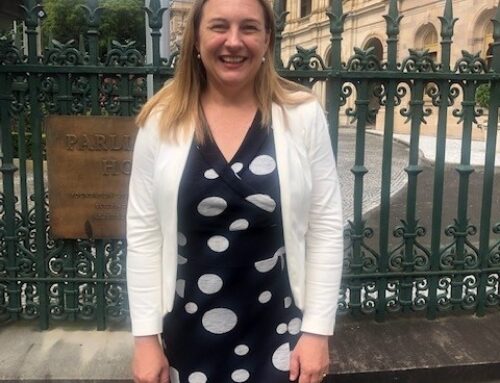We regularly deal with myths and misconceptions generated by legal dramas.
It’s hardly surprising. Most legal dramas centre on personal injuries litigation, criminal law or family law.
There are two main reasons why you cannot rely on TV dramas to understand the litigation process. One is that most of them are American. Although we have many historical similarities with America, our legal system diverged substantially after the American War of Independence. The other reason is that TV dramas have to be interesting. While there is a lot about litigation that is dramatic and suspenseful, the suspense often carries out over months if not years – hardly interesting material for TV.
Here are some misconceptions I blame on TV shows:-
- Lawyers are out of this stratosphere rich.
I blame Arnie Becker from LA Law for this one.

As if the designer label suits and lavish dinner parties weren’t enough – on a whim, Arnie splashed out on a beach front mansion with a price tag that would make a Wall Street banker wince.
The wealth generated by US law firms is staggering. With massive awards of punitive (punishing) damages and 30% contingency fees the norm, it is true that US attorneys make a lot more money than Australian lawyers.
Contingency fees – or charging clients a percentage of their damages – are illegal in Queensland. While punitive damages can be awarded, they are rare. Damages claims are therefore always significantly lower than in the US and are based on compensation to the injured person.
US public funding of legal aid is also more generous than here. Lawyers relying on legal aid to fund their fees in Queensland struggle to remain profitable.
Income levels vary substantially across the profession but we are certainly not making anything like the money of our US counterparts. This is important for would be law students to know – I have come across many fresh graduates who are very disappointed by their prospects. Law is an interesting and rewarding career but if you want to make a lot of money – there are better options.
2. If you see a lawyer, you will be in Court the next day
This may happen in criminal law and some commercial law matters but otherwise it will not.
Most cases require a lot of work before they will be ready for hearing. Evidence needs to be gathered and court procedures followed. Even after all of the work is performed, we need to wait for the Court to be ready to hear the case. Queensland’s courts are extremely well administered but there are a finite number of Judges and they will not necessarily have time to hear a non urgent case for some months after all the parties to the action say they are ready.
In personal injuries litigation, there are also a number of “pre-court” procedures that need to be followed before the court process can even be started.
Of course, when you are watching a TV show, you do not want to follow a story line that stretches out over many months of preparing court documents or email trails checking everybody’s availability.

3. The media and the public will want to know all about your case.
This does happen sometimes. However, the court reporters will be drawn to the cases that have the greatest level of public interest – someone famous, a strange set of facts, a high profile criminal case…

In most cases, no one is in the Court room apart from the lawyers. There is no need for the Judge to use the gavel – I’m not sure if they even have gavels in Queensland.
4. The case will be “solved” by a surprise witness at the last minute
This makes for good drama but there are rarely any surprises in Court. Documents have to be exchanged well before the trial. There are usually a few attempts at alternative dispute resolution – settlement conferences and mediation for example – before trial.
In cases of fraud, insurers can apply to the Court to have evidence of fraud suppressed and surprise the Plaintiff under cross examination. However, this does not usually “solve” the case. It is more likely to undermine the Plaintiff’s credit which might make succeeding more difficult.
5. Settlement Conferences involve rapid fire offers between the parties
Strangely this myth was probably most perpetuated in my all time favourite legal drama MDA.

In many ways, this was the closest drama to reality. It is Australian and now about 15 years old.
It helps that MDA was about medical negligence claims. Not only are these claims part of my area of specialisation but, unlike workers compensation or CTP claims, medical negligence claims have been significantly influenced by High Court rather than state Supreme Court decisions. It therefore did not matter that MDA was set in Melbourne.
My then colleagues and I took great delight in watching the show and recognising the high profile cases being reproduced for dramatic effect.
Claims did progress to trial too quickly to be realistic but the show did portray settlement negotiations. It was in the portrayal of settlement negotiations that the show fell flat. The plaintiff’s lawyer (usually played by Jason Donovan) would make an offer, the insurer would respond and then he would respond back immediately. The client would usually just sit in the room looking from one lawyer to the other as if observing a game of tennis.
I have seen settlement negotiations portrayed like that in US dramas as well. It causes our clients no end of distress to think that offers will be thrown across the table erratically without time to draw breath.
In reality, settlement conferences involve initial submissions followed by “break out” sessions so that we can take instructions from our clients in private on each offer as it is made.
While real life litigation may not be as dramatic or as glamorous as on TV, that is just as well. The reality is a lot more controlled and predictable and hence a lot less stressful for everyone concerned.





